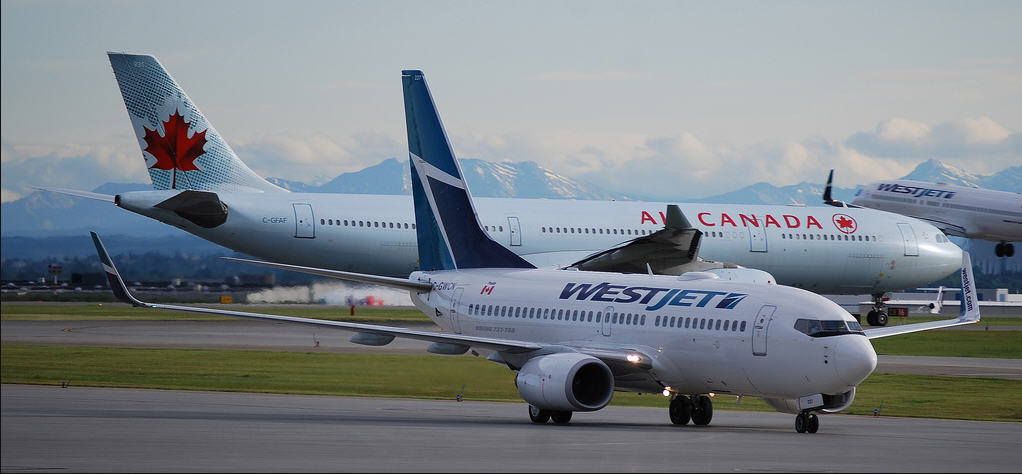Recently, WestJet announced its new route from Halifax to Glasgow effective May 29, 2015. This announcement complements our Class 9: Management Accounting discussion and the debating question from this Class 9 preparation article. Since WestJet is expanding its flight destinations, an investment of bigger planes is quite feasible.
WestJet’s main competitor among Canadians is unquestionably Air Canada (AC). In terms of comfort, AC undoubtedly reigns over WestJet with its new, spacious aircrafts. However, AC’s package includes two connecting flights to reach Glasgow starting from $908 (round trip) while WestJet proposes a direct flight with a considerably attractive price of $259 (one-way fee). These aspects are pending opportunity costs that travellers need to earnestly consider.
The real question is: are WestJet’s current planes suitable for the 5 hour 15 minutes flight? If WestJet remains a loyal ambassador of the Boeing New Generation 737 series, they will be exposed to greater risk. Indeed its low prices attract consumers, but the uncomfortable idea of limited leg and isle space can repel customers. Apart from its low cost, WestJet’s “direct flight” offer is a prominent convenience to travellers as it reduces hassle and guarantees efficiency. However, WestJet cannot rely solely on these two strengths to achieve of success forever. As we discussed strategy in Class 7, WestJet needs to realize the ease for its competitors to offer the same services. WestJet can no longer propel its company based on “sustainable competitive advantages” but rather explore transient competitive advantages. Investing in larger planes is only the beginning step.

